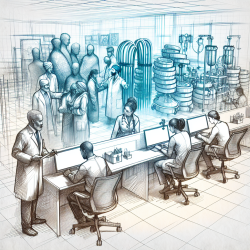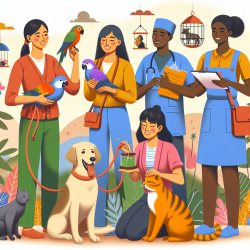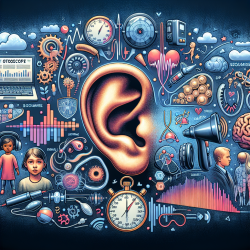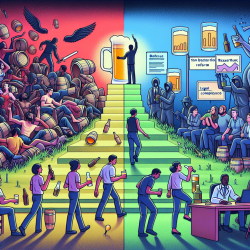Introduction
Chronic noncancer pain (CNCP) affects over 70 million people worldwide, posing significant challenges for healthcare providers. Despite the availability of specialized pain clinics, numerous barriers impede effective pain management. The research article "Perspective of Pain Clinicians in Three Global Cities on Local Barriers to Providing Care for Chronic Noncancer Pain Patients" sheds light on these challenges and offers insights into improving care delivery.
Understanding the Barriers
The study surveyed pain clinicians from Toronto, Kuwait, and Karachi, revealing common themes across three domains: infrastructure, clinical services, and education. These barriers were identified through a combination of qualitative and quantitative methods, providing a comprehensive view of the challenges faced by practitioners.
Infrastructure Challenges
- Resource Scarcity: Clinics often lack essential resources, including funding, space, and specialized equipment. This scarcity hinders the ability to provide comprehensive care.
- Human Resource Shortages: A deficit in support staff and access to medical specialists limits the clinic's capacity to deliver effective pain management services.
- Systemic Obstacles: Hospital policies and administrative barriers can restrict the implementation of necessary procedures and services.
Clinical Services Barriers
- Communication Gaps: Lack of collaboration among healthcare providers can lead to fragmented care and unmet patient needs.
- Patient Expectations: Cultural barriers and unrealistic patient expectations complicate the delivery of effective pain management.
- Systemic Issues: High demand for services, financial constraints, and limited access to opioids further exacerbate the challenges faced by clinicians.
Educational Barriers
- Training Deficiencies: Inadequate training programs for pain management specialists contribute to a lack of standardized care practices.
- Knowledge Gaps: Insufficient awareness among general physicians and the public about CNCP management limits the effectiveness of pain clinics.
Strategies for Improvement
To overcome these barriers, practitioners can implement several strategies:
- Advocate for increased funding and resources to enhance clinic infrastructure and support multidisciplinary teams.
- Foster collaboration and communication among healthcare providers to ensure cohesive and comprehensive care.
- Promote education and training programs for both specialists and general practitioners to improve CNCP management knowledge and skills.
- Engage in public awareness campaigns to educate patients about realistic expectations and the benefits of specialized pain clinics.
Conclusion
Addressing the barriers identified in this study requires a concerted effort from healthcare providers, administrators, and policymakers. By implementing the suggested strategies, practitioners can enhance their skills and improve outcomes for patients with chronic pain. For those interested in delving deeper into the research, the original study provides a valuable resource for further exploration.
To read the original research paper, please follow this link: Perspective of Pain Clinicians in Three Global Cities on Local Barriers to Providing Care for Chronic Noncancer Pain Patients.










